The journey to build an autonomous mindset culminates in perhaps its most sophisticated station: Leveraging Your Ecosystem. This final stage represents the pinnacle of a transformative path that began with self-awareness, progressed through building resilience, mastering problem-solving, cultivating discipline, harnessing motivation, and setting clear targets. Now, at this culmination point, we learn to artfully engage with our environment while maintaining our hard-earned autonomy.
Ready to transform your mindset? Click and Get your copy > Now For Sale on Simpleways.life & Amazon
As detailed in “Mindset Manifesto: The Blueprint for Life, Tech and Success” this ability to leverage one’s ecosystem while preserving independence represents the practical application of all previous stages. It’s where theory meets reality – where we learn to thrive in complex environments while staying true to our autonomous core.
The companion guide, “Autonomous Mindset: A Transformative Guide To Thinking & Living,” takes this concept further through practical examples and personal guidance. It shows how this final station isn’t just about surviving in our ecosystem, but masterfully using it as a catalyst for growth. Here, we learn to navigate mixed work environments, transform external feedback into growth fuel rather than validation, and expand our knowledge base – all while maintaining the strong foundation of autonomy built through previous stages.
This station completes our journey by teaching us how to be both independent and interconnected – capable of standing alone while skillfully drawing support and resources from our environment. It’s where all previous learnings converge to create not just an autonomous individual, but one who can thrive within any ecosystem while maintaining their authentic self.

CUSTOMPRICE-TO2JAN26
Leverage Your Ecosystem: Powering Success and Autonomy
Think of this stage as learning to be “in the system but not of the system.” This means: Understanding that while we exist within various systems and environments, our core sense of self and direction remains internal. A mixed work environment, for instance, presents both opportunities and challenges – the key is learning to navigate these waters without losing your internal compass.
The journey at this station involves developing a nuanced relationship with your environment where you can:
- Extract value and support from your ecosystem without becoming dependent on it
- Maintain your autonomy while still being an effective team player
- Use external feedback as information rather than validation
- Transform your environment into a learning laboratory for continuous growth
Ecosystem Mapping:
An essential part of cultivating autonomy is understanding the external environment that supports your growth and autonomous work. By mapping your ecosystem, you can identify helpful resources, establish how to engage with them effectively, and avoid over-reliance. This ensures you remain self-directed while leveraging external support when needed. So You need to List the people, tools, spaces, or information sources available in your environment. Then, Evaluate how relevant and accessible these resources are to your goals. Finally, avoid over reliance by deciding how much and how often to use these resources to remain autonomous.
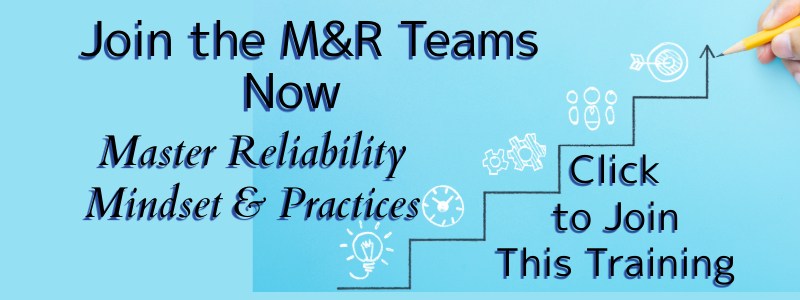
CUSTOMPRICE-TO2JAN26
A Practical Example: She maps out her ecosystem for her fitness goal: her gym, YouTube tutorials, and a supportive friend for accountability. And makes her plan to be discipline with gym dates 2-3 time a week. YouTube tutorials are the last resort in case it was impossible to go for the gym. She will share progress and ask advice from her friend occasionally. However, she plan to motivate herself and support this with discipline and clear goals.
Another Example: You can find it in the Booklet “Autonomous Mindset”
Guiding Questions:
Awareness is a key in realizing your environment and your resources. How can you blend resource use with your own decision-making and problem-solving? What resources in your environment can help you achieve your goals? Are there any resources you might over-rely on? How can you set boundaries?
Navigating a Mixed Ecosystem
After becoming aware of our environment and what can help our progress or block it, we are ready to navigate our workplace and its mix of supportive and discouraging colleagues. Even though this can be challenging, it’s entirely possible to maintain a positive work environment and achieve your goals. Here are some strategies to thrive in a mixed environment:
Focus on Your Goals
Having a clear vision of what you want to achieve can help you stay focused and motivated. Prioritize tasks that align with your goals and allocate time effectively. Monitor your achievements to stay motivated and recognize your hard work.
A practical Example: You can find it in the Booklet “Autonomous Mindset”
How can You start today? What steps can you take today to align your actions with your long-term goals, despite challenges in your work environment?

CUSTOMPRICE-TO2JAN26
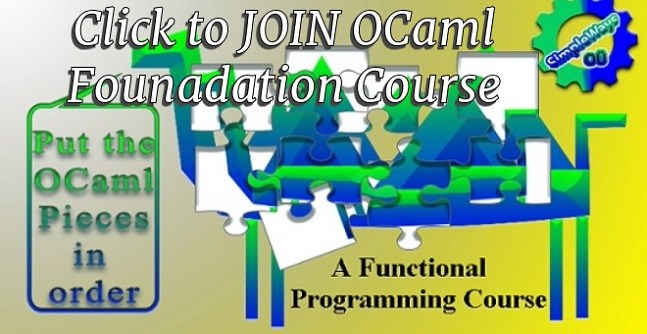
CUSTOMPRICE-TO2JAN26
Build Strong Relationships
Seek out individuals who share your values and can offer encouragement. Maintain professional relationships with everyone, even those who may not be supportive. Limit your interactions with negative colleagues and redirect conversations to positive topics.
A Practical Example: You can find it in the Booklet “Autonomous Mindset”
How can You start today? Who in your workplace aligns with your values and can become part of your support system? How can you strengthen those relationships this week?
Practice Effective Communication
Effective communication is a cornerstone of navigating any work environment. Begin by clearly articulating your expectations and limitations to ensure mutual understanding with colleagues. When engaging in conversations, actively listen to what others are saying, showing genuine interest and attention. Respond thoughtfully to their ideas or concerns, demonstrating that you value their input. Equally important is the ability to express your own needs and concerns in a direct but respectful manner, avoiding ambiguity. This approach fosters collaboration, reduces misunderstandings, and creates an atmosphere of mutual respect and trust.
A Practical Example: You can find it in the Booklet “Autonomous Mindset”
How can You start today? What is one expectation or need you could communicate more clearly at work this week, and how could that improve collaboration with your colleagues?

CUSTOMPRICE-TO2JAN26
Develop a Positive Mindset
Develop a Positive Mindset
A positive mindset can transform how you perceive and respond to challenges at work. Start by focusing on the aspects of your job and life that bring you satisfaction or align with your values, no matter how small. Visualize yourself successfully achieving your goals, which can help you stay motivated and resilient during setbacks. Incorporate stress-reducing practices like meditation, yoga, or deep breathing into your routine to maintain mental clarity and emotional balance. By consciously choosing positivity, you can shift your perspective and cultivate the energy needed to thrive in your work environment.
A practical Life Example: You can find it in the Booklet “Autonomous Mindset”
How can You start today? What is one positive aspect of your work or life that you can focus on today to boost your energy and outlook? How can you use visualization or stress-relief techniques to stay on track with your goals?.
Seek External Support
Building a physical or virtual network of external support is crucial for personal and professional growth. Seek out mentors. A mentor is the one who can offer guidance, share their experiences, and provide constructive feedback. Establish connections with other professionals in your field by attending networking events, joining online forums, or participating in industry groups. These relationships can open doors to new opportunities and fresh perspectives. Additionally, continuously invest in developing your skills and knowledge through courses, workshops, or self-study. This not only enhances your capabilities but also builds confidence, enabling you to tackle challenges with greater ease and expertise. That’s one form of external support that we usually mis-label it as training.
A practical Example: You can find it in the Booklet “Autonomous Mindset”
How can You start today? Who could serve as a mentor or role model for you in your field, and what steps can you take this week to connect with them or better use them to enhance your professional network? How you will work on your professional growth that supports your goals?
Remember, you can’t control the behavior of others, but you can control your own reactions. By focusing on your goals, building positive relationships, and maintaining a positive mindset, you can thrive in any work environment.

CUSTOMPRICE-TO2JAN26
In Conclusion,
This stage, of being from the ecosystem but not in the ecosystem, is particularly powerful because it shifts your perspective from seeing your environment as something that happens to you, to seeing it as a resource you can thoughtfully engage with. It’s about developing the discernment to know when to lean into your ecosystem for support and when to rely on your internal resources.
Remember, you can’t control the behavior of others, but you can control your own reactions. By focusing on your goals, building positive relationships, and maintaining a positive mindset, you can thrive in any work environment.
By practicing these exercises and referring to the examples, you can develop an autonomous mindset more efficiently and effectively.

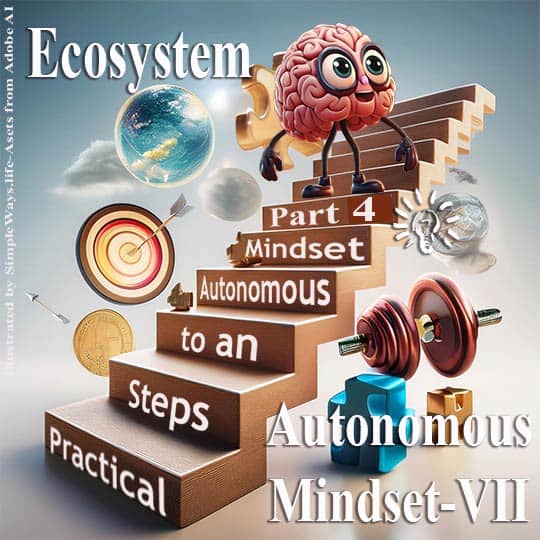
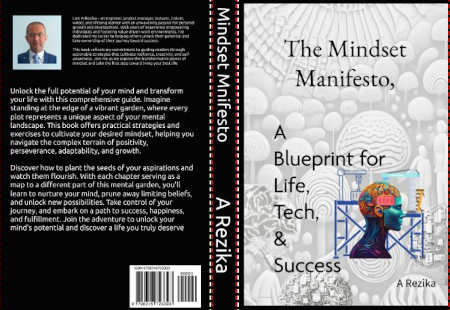
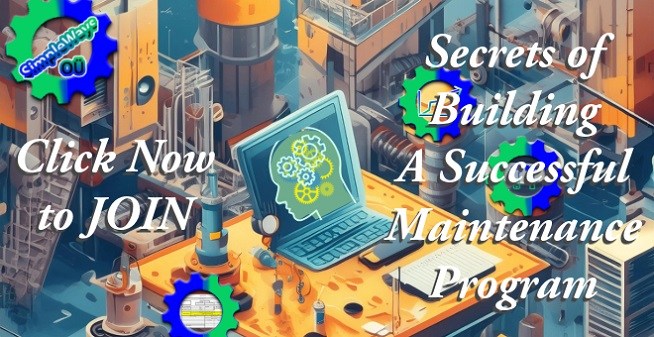

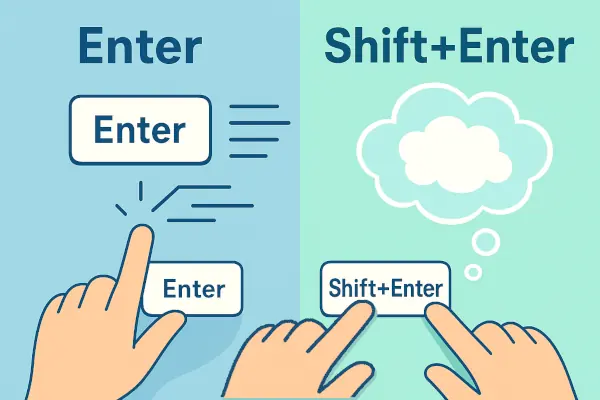


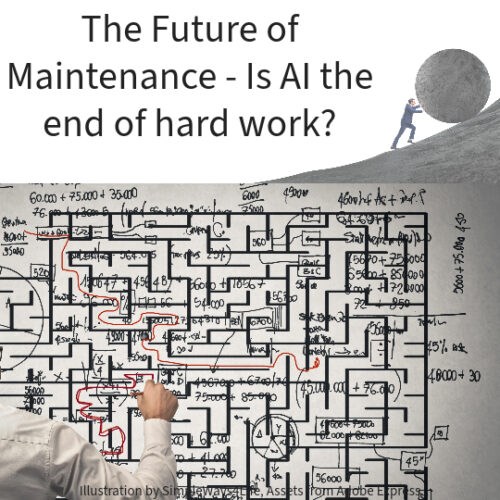
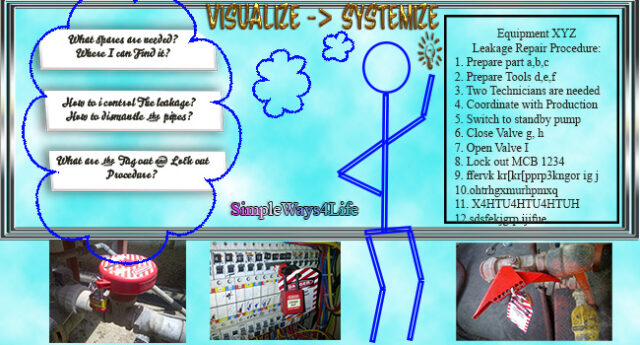

One Comment
Comments are closed.